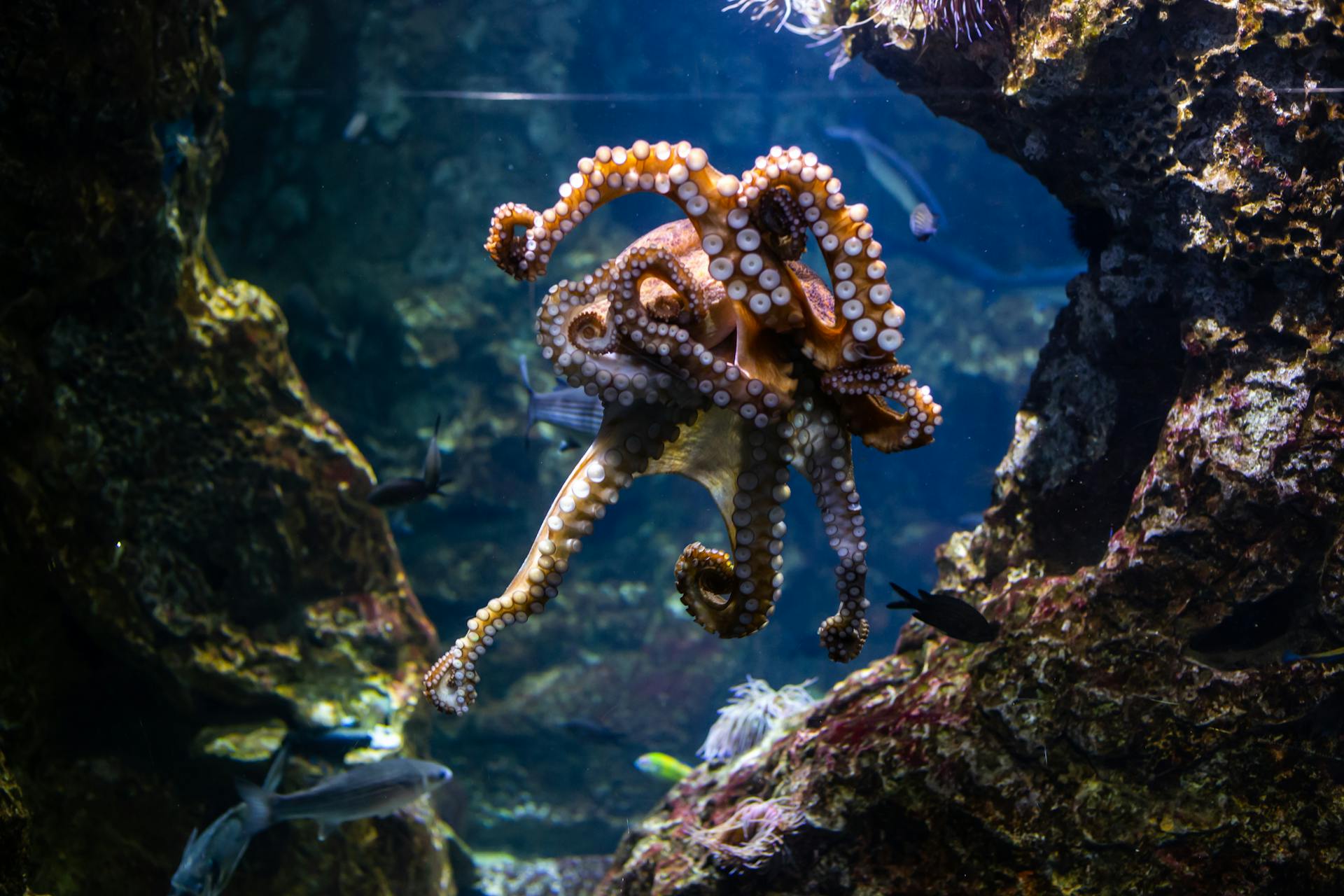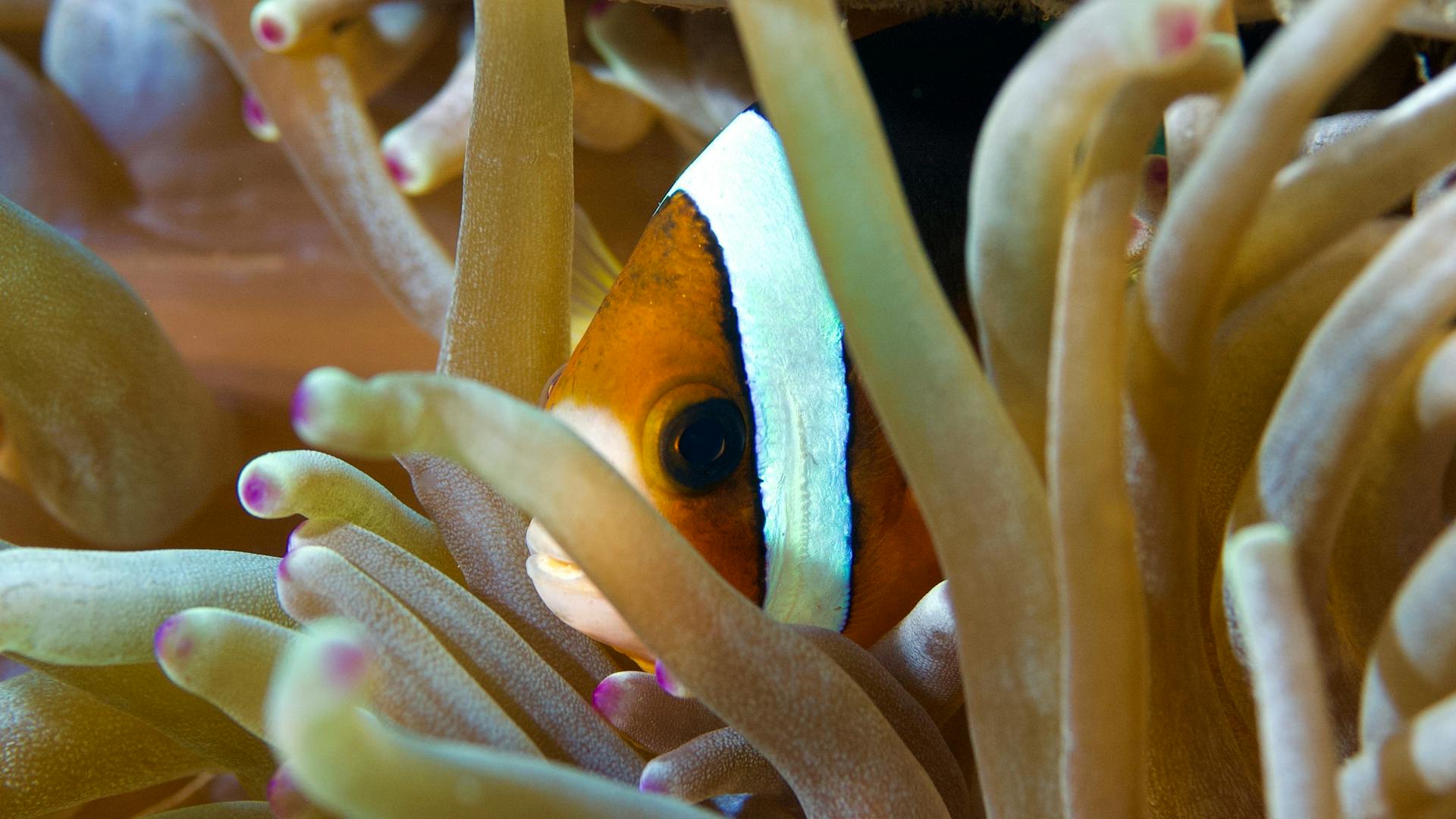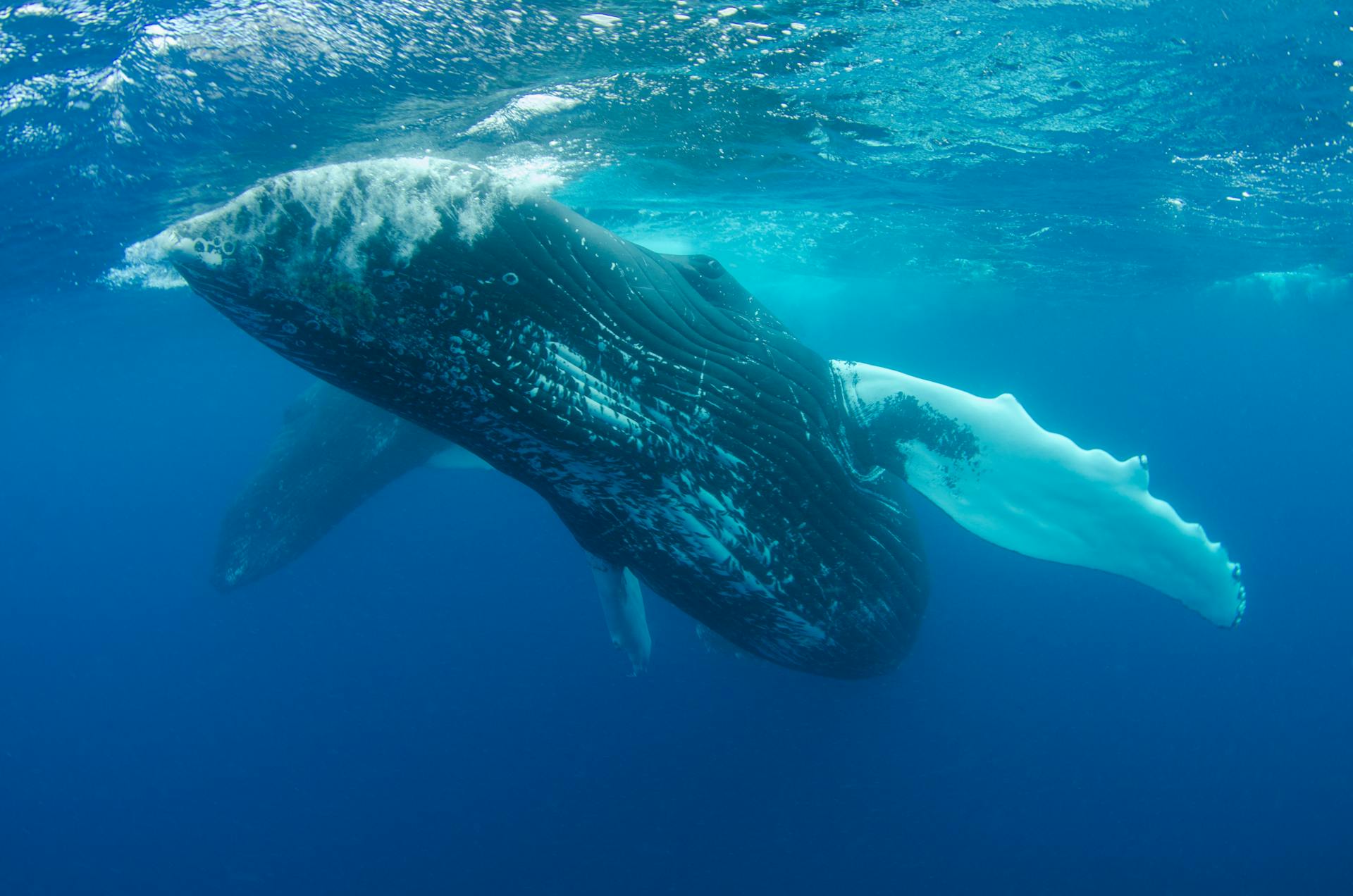In the shadowy realms of the ocean’s depths, where the light fades and mysteries abound, one of the sea’s most enigmatic inhabitants thrives—the octopus. With its sinuous arms, astonishing camouflage, and seemingly inscrutable behavior, the octopus has captivated scientists and naturalists alike, challenging our understanding of intelligence and adaptation in the animal kingdom. Far from being just another marine creature, these cephalopods exhibit a level of cognitive complexity and adaptability that rivals, and sometimes surpasses, that of more familiar animals.
Studying octopuses offers profound insights into the nature of intelligence and the remarkable ways in which life adapts to its environment. Their problem-solving skills, strategic hunting techniques, and intricate methods of camouflage reveal a world of thought and strategy that is both alien and fascinating. By delving into the secret life of the octopus, we not only unlock the mysteries of one of the ocean’s most elusive creatures but also gain a deeper appreciation for the broader principles of evolution and adaptation.
This article aims to explore the remarkable cognitive abilities, adaptive strategies, and unique behaviors of octopuses, illuminating how these extraordinary animals navigate the challenges of their underwater world. Join us as we dive into the depths to uncover the secrets of one of the ocean’s most intelligent and adaptable inhabitants.
Scientific Classification
The octopus belongs to the class Cephalopoda, which encompasses a diverse group of marine animals known for their complex behaviors and advanced intelligence. Within this class, the order Octopoda is dedicated to octopuses, distinguished by their eight flexible arms and highly developed nervous systems. Notable species within this order include the Common Octopus (Octopus vulgaris), known for its adaptability and widespread distribution; the Giant Pacific Octopus (Enteroctopus dofleini), which holds the title for the largest of its kind and can weigh up to 150 pounds; and the Blue-Ringed Octopus (Hapalochlaena spp.), famed for its vibrant coloration and potent venom. Each of these species exhibits unique adaptations suited to their particular habitats and ecological niches.
Physical Characteristics
Octopuses are renowned for their remarkable anatomy, which includes a mantle that houses vital organs and a siphon used for jet propulsion. Their eight arms, lined with sensitive suckers, are highly versatile, enabling them to grasp objects, manipulate prey, and explore their environment with extraordinary dexterity. One of their most fascinating features is their ability to change skin color and texture through specialized cells called chromatophores and papillae. This skill not only aids in camouflage but also in communication and predation. Compared to other cephalopods like squids and cuttlefish, octopuses exhibit more pronounced flexibility and problem-solving capabilities, with their lack of a rigid internal shell allowing for incredible maneuverability and stealth.
Intelligence and Cognitive Abilities
Octopuses are renowned for their exceptional problem-solving abilities, often exhibiting behaviors that suggest a high level of cognitive function. For instance, some species have been observed using coconut shells and discarded shells as tools, demonstrating an ability to manipulate objects in their environment to their advantage. In laboratory settings, octopuses have shown remarkable problem-solving skills, such as unscrewing jar lids to access food, indicating their capacity for complex thought and planning. They also engage in observational learning, where they learn by watching other octopuses perform tasks, a trait that underscores their advanced learning capabilities.
Complex Behaviors
The octopus’s reputation for escape artistry is well-deserved. These creatures have been known to escape from aquariums and other enclosures through surprisingly small openings, showcasing their problem-solving skills and physical adaptability. Their strategic approach to hunting involves not just brute force but a sophisticated manipulation of their environment and prey. For instance, they can use their arms to gently nudge prey into traps or use their environment to camouflage themselves for ambushes. This level of behavioral complexity reflects their adaptability and cognitive sophistication.
Communication and Sensory Perception
Communication in octopuses is highly advanced, primarily relying on visual signals and color changes. They use their ability to alter skin color and texture to communicate with potential mates, assert dominance, or camouflage themselves from predators. In addition to visual signals, octopuses employ tactile and chemical communication, using their arms to explore and gather information about their surroundings and other individuals. This multifaceted sensory perception system supports their complex social interactions and environmental adaptation.
Adaptation Strategies
One of the most remarkable adaptation strategies of the octopus is its ability to camouflage and mimic other marine animals. By altering their skin color and texture, octopuses can blend seamlessly into their surroundings, becoming virtually invisible to predators and prey alike. Some species, like the mimic octopus (Thaumoctopus mimicus), take this a step further by imitating the appearance and behaviors of other marine creatures, such as lionfish or flatfish, to deter predators and enhance their hunting efficiency.
Octopuses are found in a variety of marine environments, from shallow reefs to the deep sea, and they exhibit a range of adaptations to these habitats. For example, those living in coral reefs often use their camouflage to hide from predators and ambush prey, while deep-sea octopuses have adapted to extreme pressure and low light conditions. Their behavior changes in response to environmental challenges, such as using the environment for protection or modifying their hunting strategies based on prey availability.
When faced with threats, octopuses deploy a range of defensive strategies. One of the most well-known is ink expulsion, where they release a cloud of ink to obscure their escape. Additionally, their physical adaptations, such as jet propulsion, allow them to make quick getaways from predators. The ability to squeeze into tight crevices and rapidly change color and texture further enhances their defense mechanisms, providing them with multiple layers of protection.
The Secret Life of the Octopus: Unique Behaviors and Adaptations
Octopuses are predominantly nocturnal and solitary creatures, spending much of their time hidden in crevices or under rocks during the day. Their solitary nature means they have developed unique adaptations for a life spent alone, including advanced camouflage and a highly developed sense of touch to explore their surroundings. Their nocturnal behavior also influences their hunting and defensive strategies, with many species relying on stealth and surprise during nighttime foraging.
Octopus reproductive strategies are diverse and often involve intricate mating rituals. For many species, the male octopus performs a complex courtship display to attract a mate, involving color changes and arm movements. After mating, female octopuses lay thousands of eggs, which they guard diligently. Some species exhibit unique parental care behaviors, such as the female carrying her eggs in a protective sac or attaching them to a secure location. After the eggs hatch, the female typically dies, underscoring the intense but brief nature of their reproductive cycle.
The Role of Research and Conservation
Advancements in technology, such as underwater cameras and tracking devices, have greatly enhanced our understanding of octopus intelligence and behavior. Researchers are continuously uncovering new insights into their problem-solving abilities, communication methods, and environmental adaptations. This ongoing research not only sheds light on the octopus’s complex world but also contributes to our broader understanding of marine biology and cognition.
Octopuses face several conservation challenges, including overfishing and habitat loss. As human activities impact marine environments, these intelligent creatures are increasingly at risk. Conservation efforts are crucial in protecting their habitats and ensuring sustainable fishing practices to preserve octopus populations. By addressing these threats and promoting awareness, we can help safeguard the future of these remarkable animals.
Conclusion
The octopus, with its extraordinary intelligence and adaptive strategies, represents one of the ocean’s most fascinating mysteries. From its problem-solving skills to its sophisticated camouflage, the octopus exemplifies the marvels of marine evolution.
Understanding the octopus’s cognitive abilities and adaptations not only enhances our knowledge of these enigmatic creatures but also offers insights into the broader principles of intelligence and adaptation in the natural world.
To fully appreciate and protect the octopus, continued research and conservation efforts are essential. By investing in both, we ensure that future generations can continue to explore and learn from the incredible life of the octopus.


